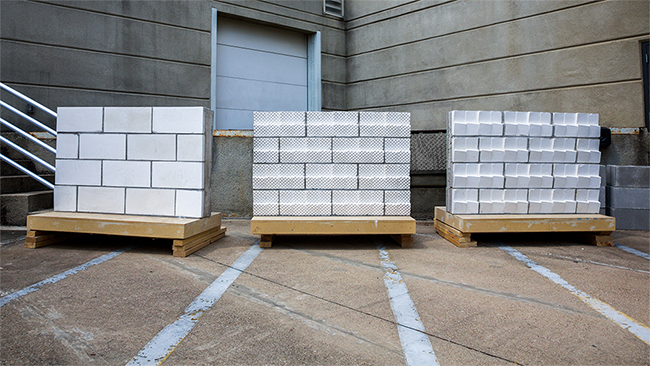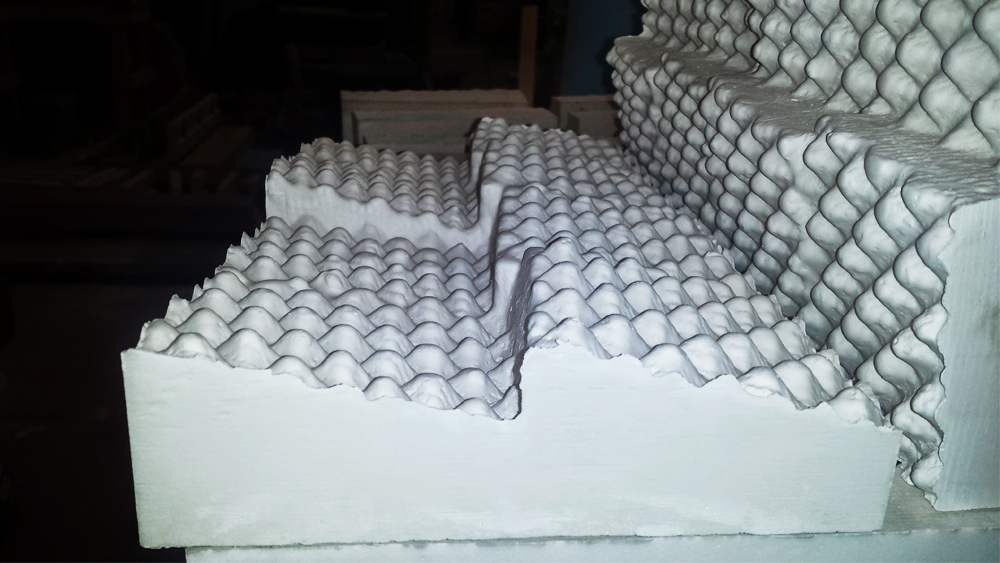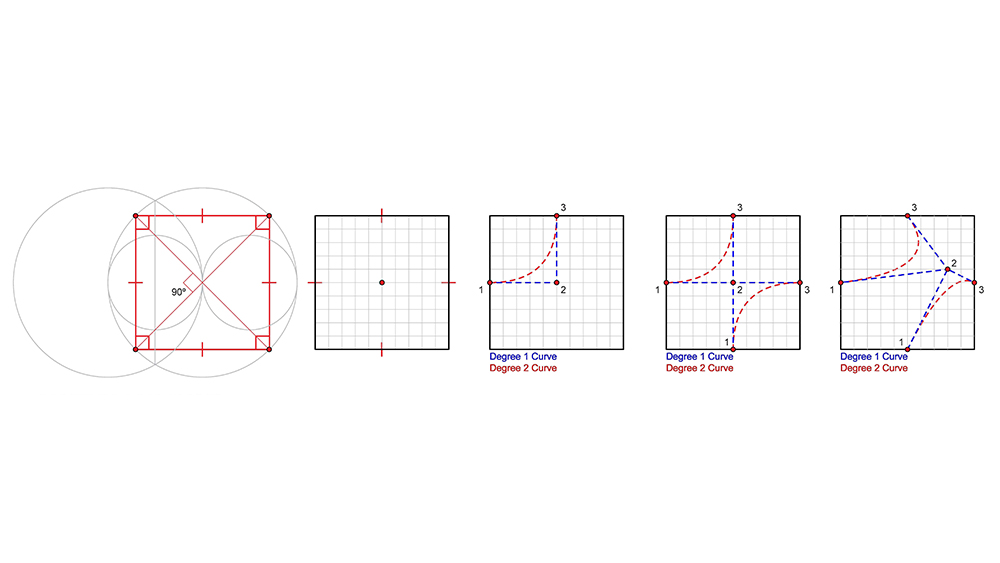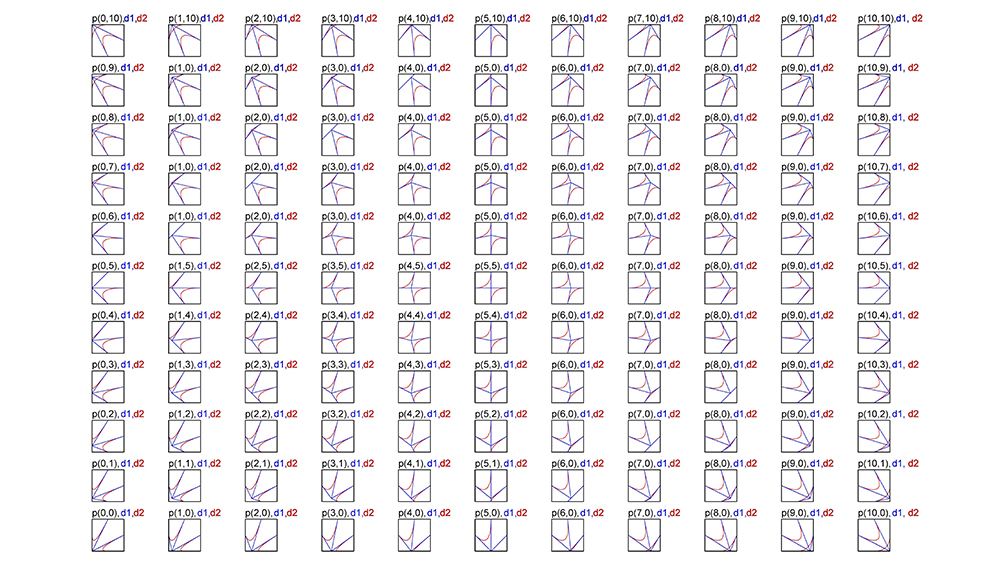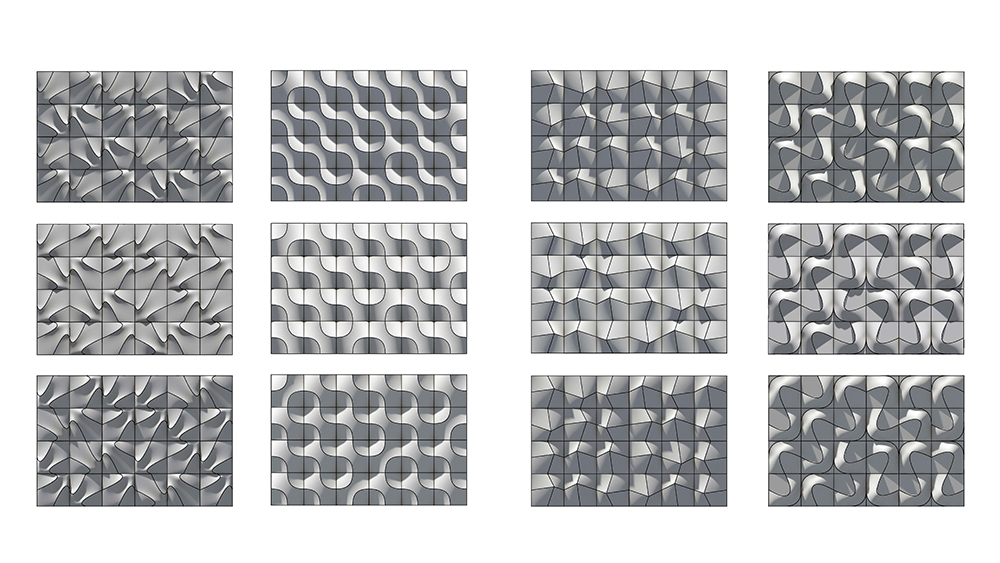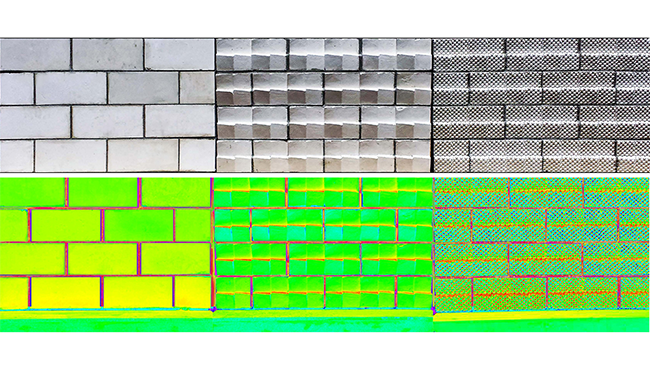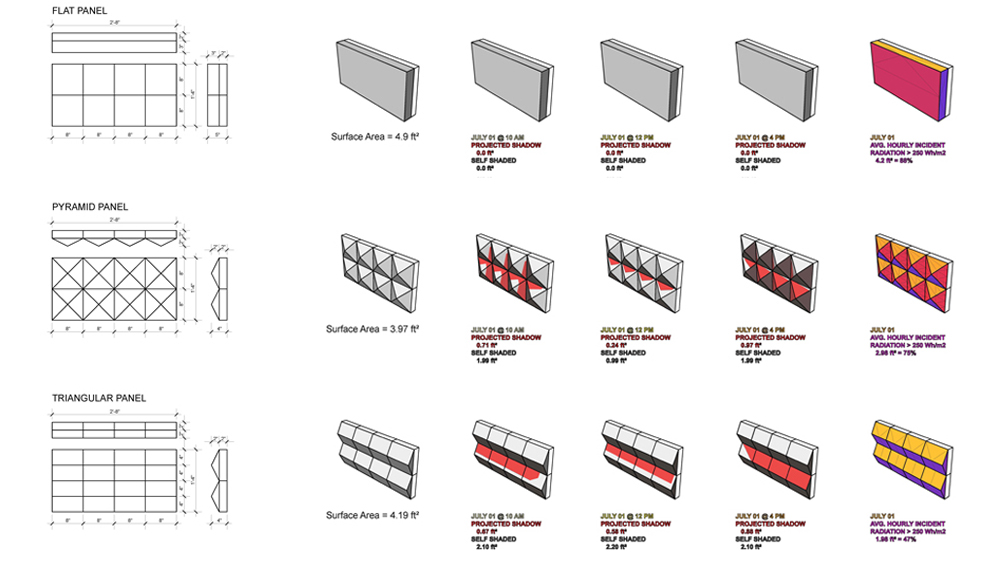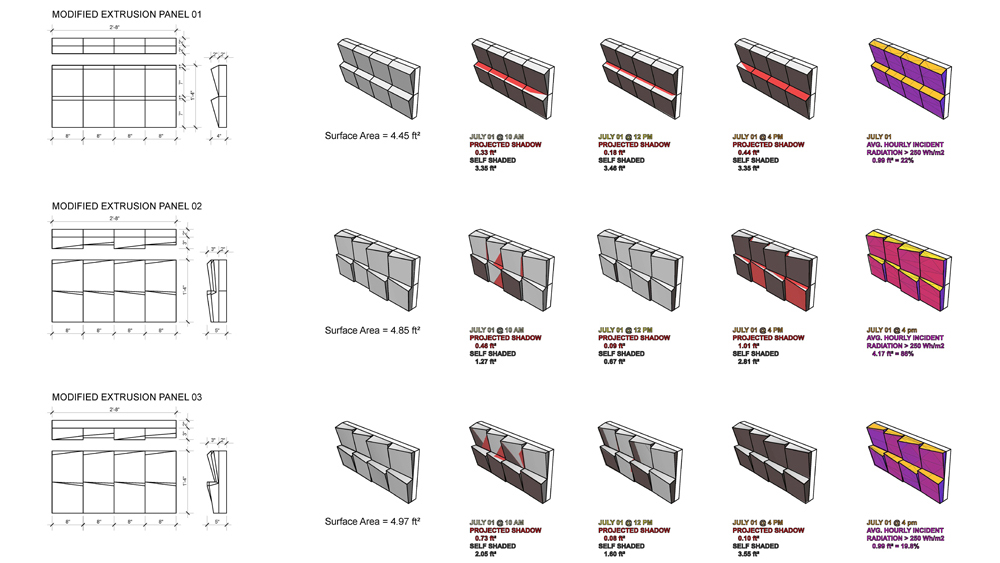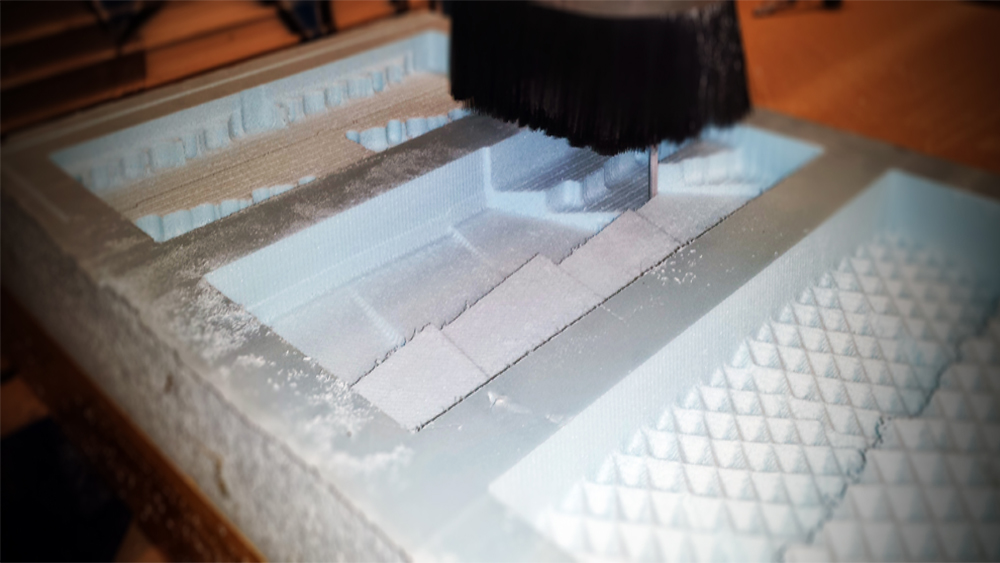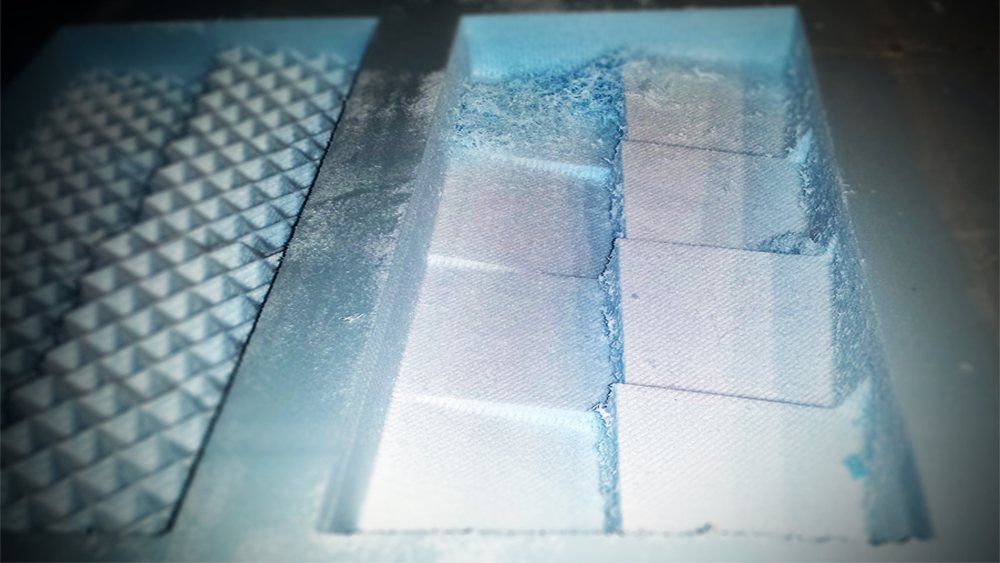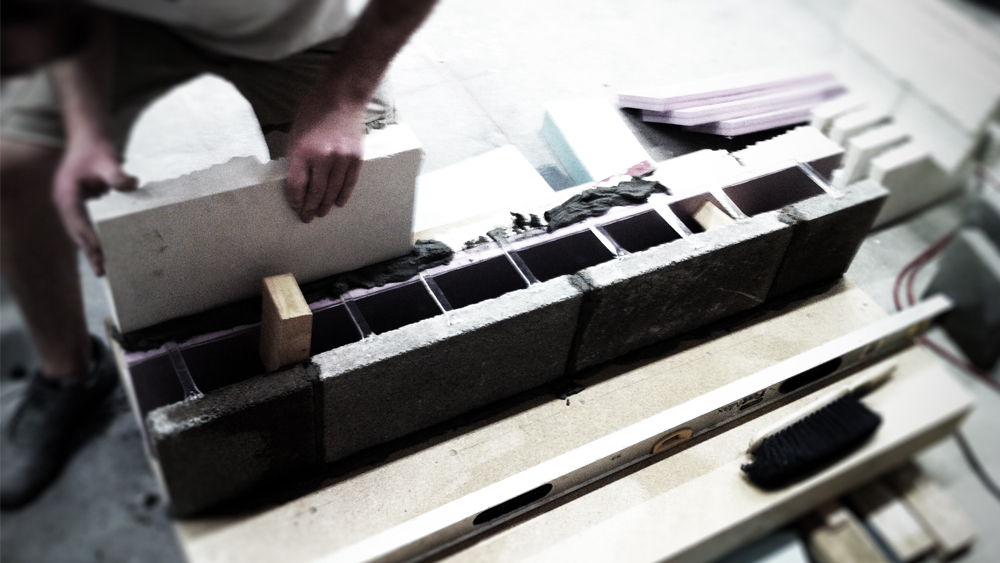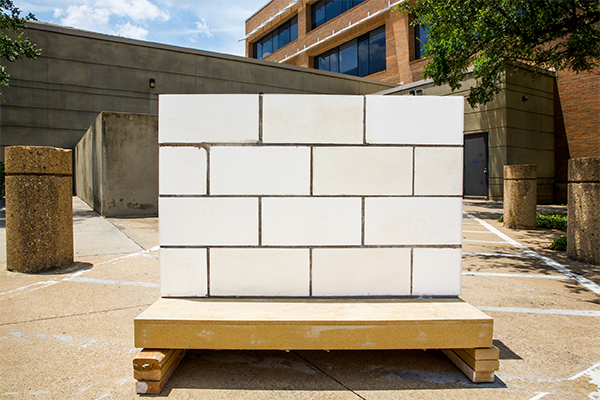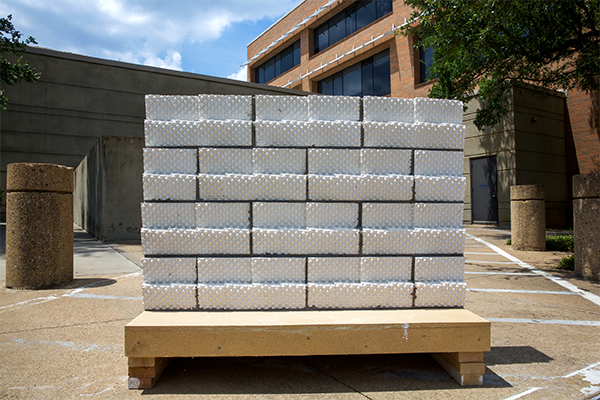SELF SHADING CMU BLOCK
In the last 45 years the introduction of engineered reinforced masonry systems has resulted in structures that are stronger and more stable. Industry research has also developed a CMU block with a webbing geometry capable of reducing thermal transfer. Although these additions have improved certain aspects of performance, current building construction methods still rely on compressive force stacking and simple rectilinear block design which limit geometric configuration, and exterior expression for facades. The research is primarily focused on how surface geometry and articulations can be configured to offer a variety of visual aesthetics and options while incorporating a performative response to the thermal performance of the wall system. These aspects when combined with current CMU technologies can further refine the transfer of heat flow in the latest construction block methodologies. The research considers the design aesthetic improvements to the typical brick module based on the 8x8x16 CMU. Fabrication process for mass production is a major consideration for the construction industry and utilizing the proportion of the CMU with the ease of rapid prototyping makes for easy adaptability in designing the façade system. The project makes use of the availability of a digital tool set to refine surface geometry, and offer an optimized outcome for thermal performance outcomes.
A surface exposed to radiant heating has the most impact on thermal transfer through the material. By altering the blocks geometry and creating moments of projected shadow and self-shading, several digital studies of geometry variation were conducted to determine which configurations offered the most efficient coverage of surface area based on geographic location, time of the year, and time of day.
Team Members
Jon Beck
Chris Chrysler
Jacob Narvaez
Micah Schneider
Industry Partners
Gate Precast
Related Projects
Engineered Earth
Concrete Canvas Rainscreen
UHP_FRC Facades
Files
Self Shading CMU Block PDF

